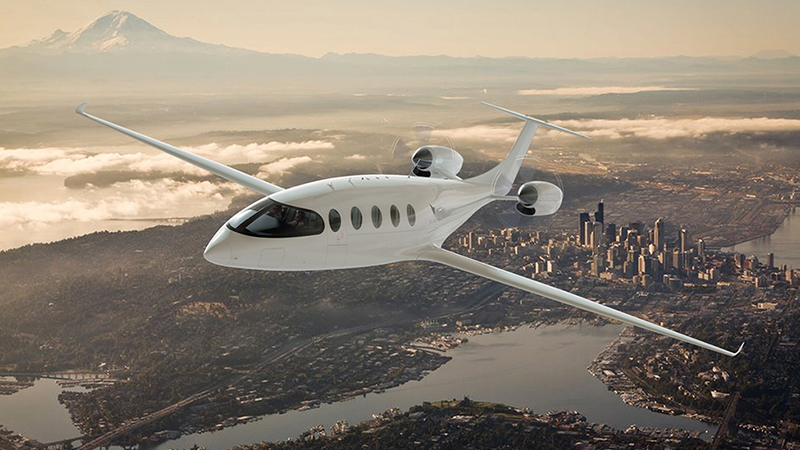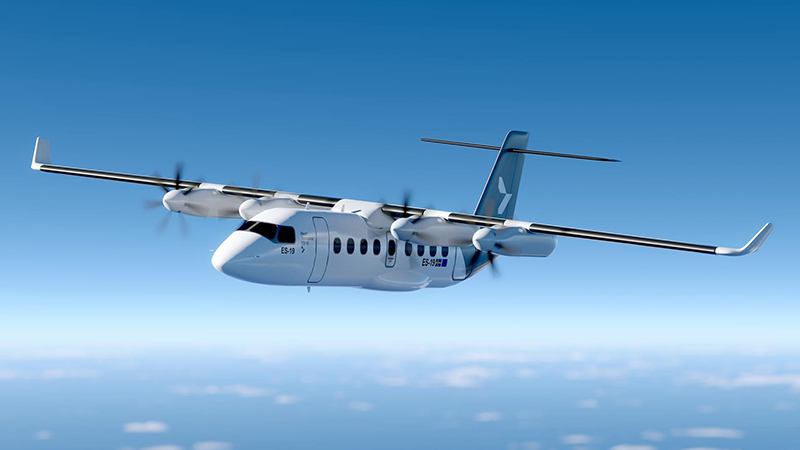

Image Courtesy: Eviation
While regional air travel exists in the UK, it is hardly the most economical way of getting around.
The country’s size, among other factors, means there are much easier transport methods.
However, the rollout of electric and hybrid aircraft could change that.
Let us look at what electric aircraft could mean for regional travel.
We have spoken extensively in the past about electric and zero-emission aircraft.
While little is different for regional travel, there are some important factors worth mentioning.
First, there is the aircraft’s range.
Eviation’s Alice, for example, has a maximum range of 440 nautical miles.
While electric aircraft currently do not have the capabilities for international travel, this sort of range is more than enough for regional journeys in the UK.
Then there are passenger numbers.
Alice can only carry nine passengers, which is arguably better suited for executive travel than inter-city commercial transport.
Heart Aerospace, however, is developing a 19-seater electric aircraft.
It is a more viable number of seats for a passenger aircraft, although regional travel has shifted away from such small planes in recent decades.
However, this shift was mainly due to maintenance and ownership costs.
If costs are the same for a 19-seater and an 80-seater (when considering acquisition and maintenance), it will always be more economically viable to fly four times the number of passengers on a single aircraft.

Image Courtesy: Heart Aerospace
As usual, it all comes down to profit margins.
Airlines have very small profit margins, so reducing costs increases these margins.
If an electric aircraft costs less to run and maintain, it could open up demand for regional travel by air.
Heart’s aircraft, for example, boasts a reduction of 50 per cent in maintenance costs and a 75 per cent reduction in fuel costs.
Then there is the issue of emissions.
Electric aircraft are zero-emission, meaning they are better for the environment.
But it could also open up greater flexibility for runways, as there will be fewer concerns about establishing them near residential areas.
Similarly, Heart’s aircraft needs only 750-metre runways to take off.
It could mean building them closer to cities, which would increase viability by reducing travel and wait time for passengers.
However, there are some potential drawbacks to electric regional air travel.
The most obvious is cost. While the aircraft may be cheaper, building the infrastructure will be expensive.
The UK government recently announced £4.3 million in funding for regional air connectivity, but it will need to invest much more to make it an attractive solution for the masses.
There is a market for regional air travel in the UK.
But will electric aircraft really cause a drastic shift towards it as a preferred transportation method?
Probably not. Instead, it will likely just replace the existing infrastructure with cleaner air travel.
This is by no means a bad thing, but roads will likely always remain the main method of transportation in the UK.